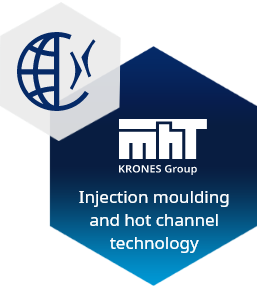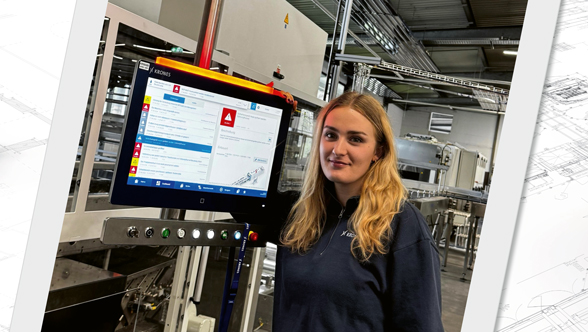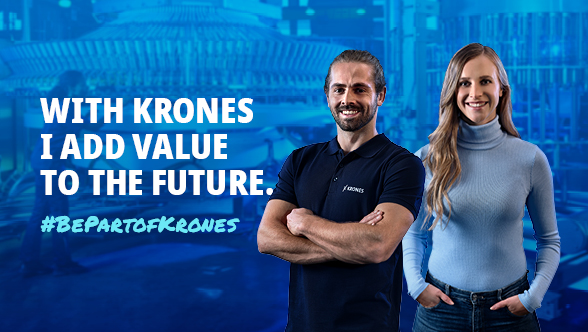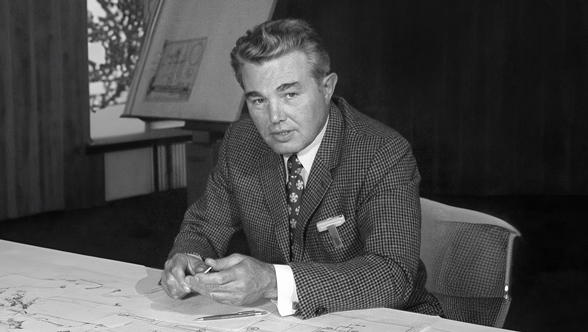Every project invariably starts with the client’s idea: what is the bottle to look like, what volume and what type of thread are required? An exact briefing is followed by visualisations and simulations, right through to 3D models amenable to ergonomic and haptic examination. After that, the preform is designed, and samples are created. Blow-moulding tests provide the first “bottle proper” – and as soon as the laboratory has confirmed the stipulated quality, the container is ready for series production.
When a new plastic bottle is launched on the market, two entirely different technologies have contributed towards creating it: firstly, injection-moulding for the preform, including the thread, and secondly, stretch blow-moulding for the bottle proper. To unite these two areas of expertise, an interdisciplinary development team has been set up in the Krones Group, comprising technical experts from both Krones and its toolmaker subsidiary MHT Mold & Hotrunner Technology, with the aim of offering from a single source bottle design and all of the kit and technology needed for implementing it.
The tool for fast-track projects
So as to minimise the requisite project duration, MHT has built two prototype tools for preforms, which serve, for example, to implement a variety of gate geometries. They have been installed in the plants at Neutraubling and Hochheim, and are thus at the disposal of both companies. It is now possible within a mere two or three weeks to create samples for preform bodies and threads with a diameter of up to 40 millimetres. The reason for this is: the tool is based on a modularised system, for which only a few components have to be produced afresh for the preform in question, whereas the others can simply be re-used. So as to simulate authentic series-production conditions, the tools possess a Vulcan hotrunner developed by MHT in a research project carried out jointly with Darmstadt University of Applied Sciences.
Substantiated results and new approaches
What effect the shared development work of Krones and MHT can have is demonstrated by a prize-winning droplet-shaped lightweight bottle with a fill quantity of 200 millilitres, which Krones presented in 2018 as an alternative to filled disposable beakers. Originally planned with a preform of 4.4 grams, the weight could now be reduced by 13.9 per cent to 3.9 grams. This lighter preform can, moreover, be produced from 100-per-cent-recycled material.
New approaches are opened up, too, by the process for preform base design, called Active Flow Molding (AFM). Related to injection-stamping, it scores highly in that the cores which shape the preform body are movable. Because more space thus remains as the melt flows in, the shear force and the stress on the plastic are reduced. When the preform is almost filled, the cores move to their final position in the still-liquid melt – and the base becomes thinner. Mould tests can be run immediately afterwards – one of the great advantages arising from the partnership between Krones and MHT. The initial stretch blow-moulding trials with AFM preforms have already produced promising results.











